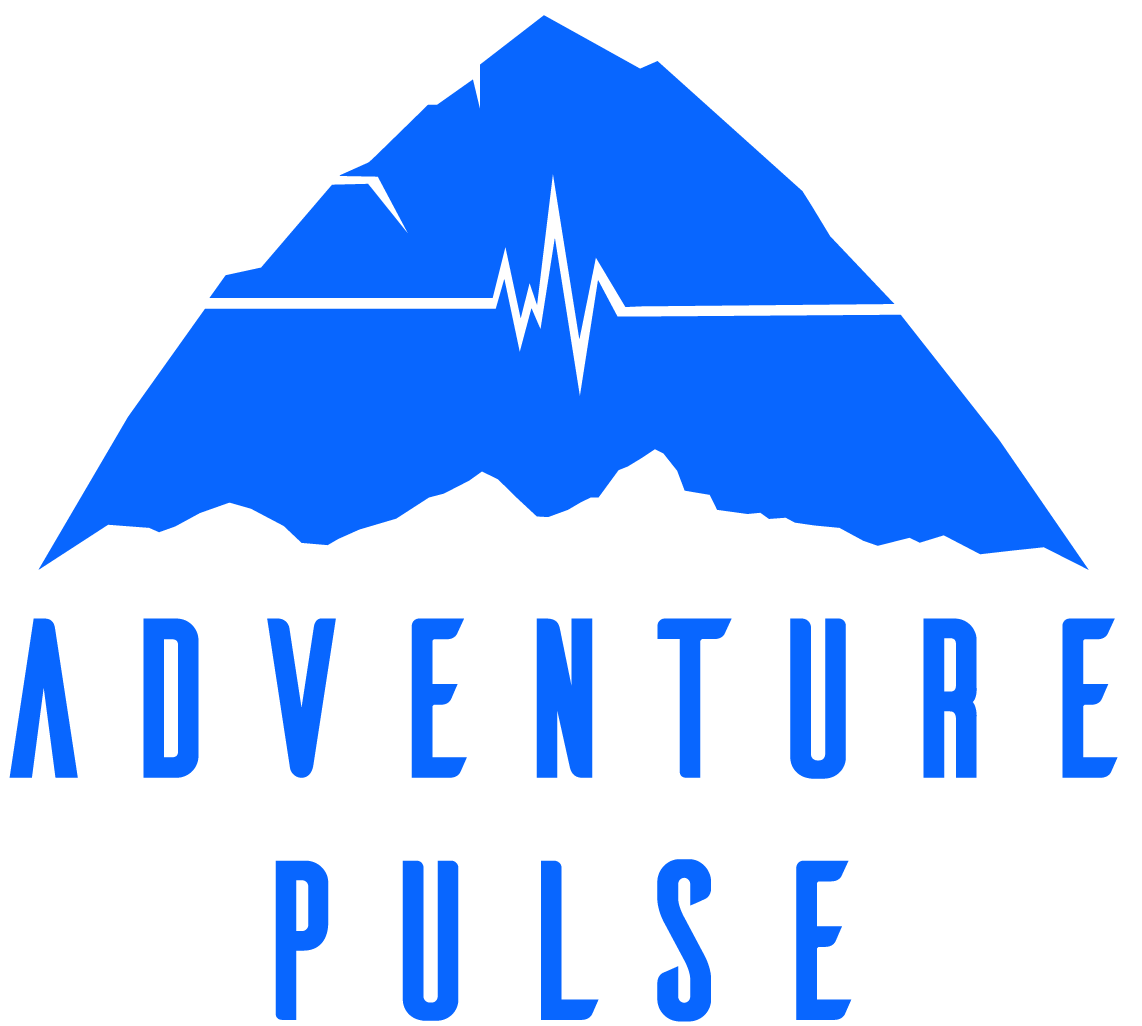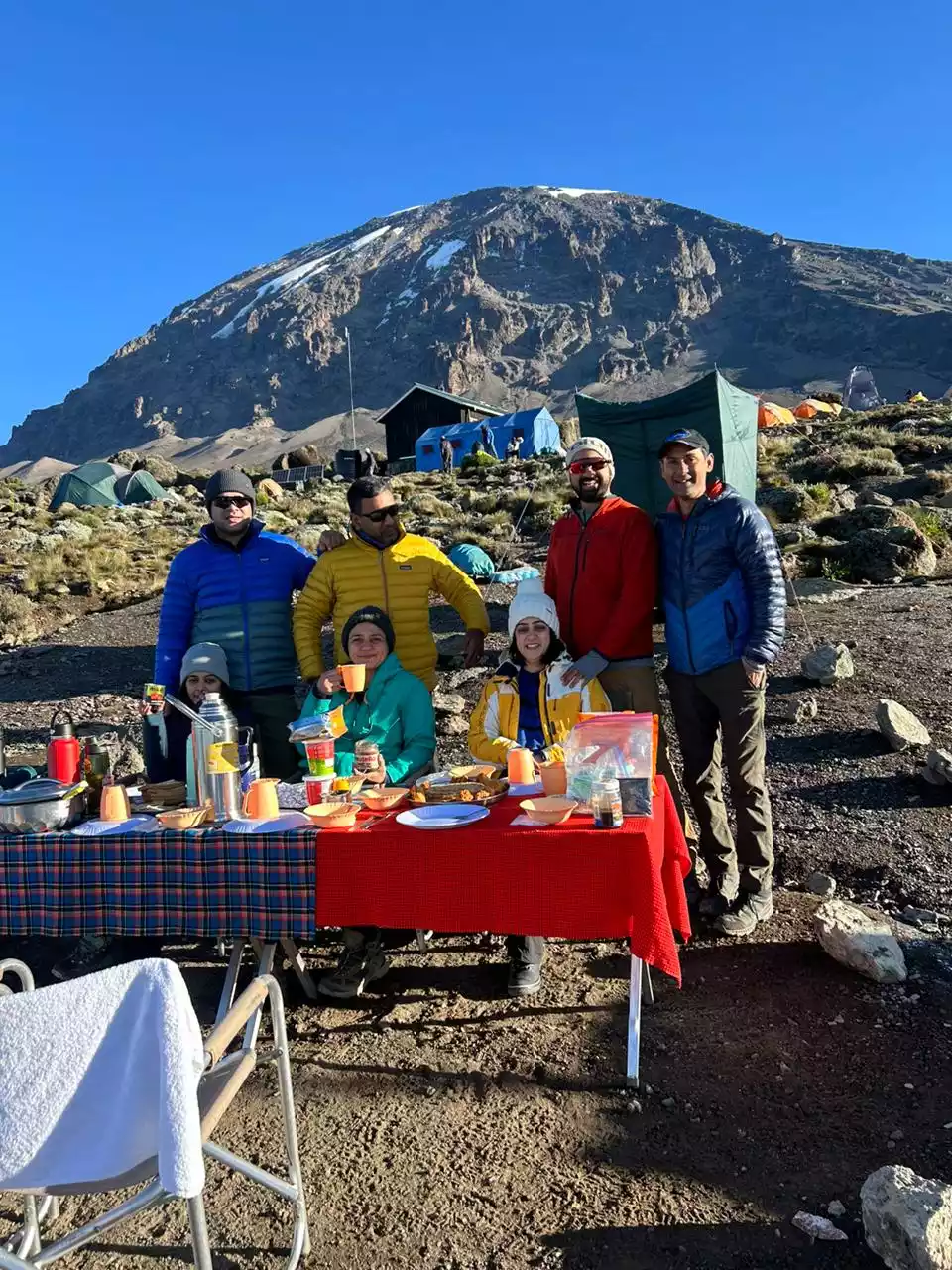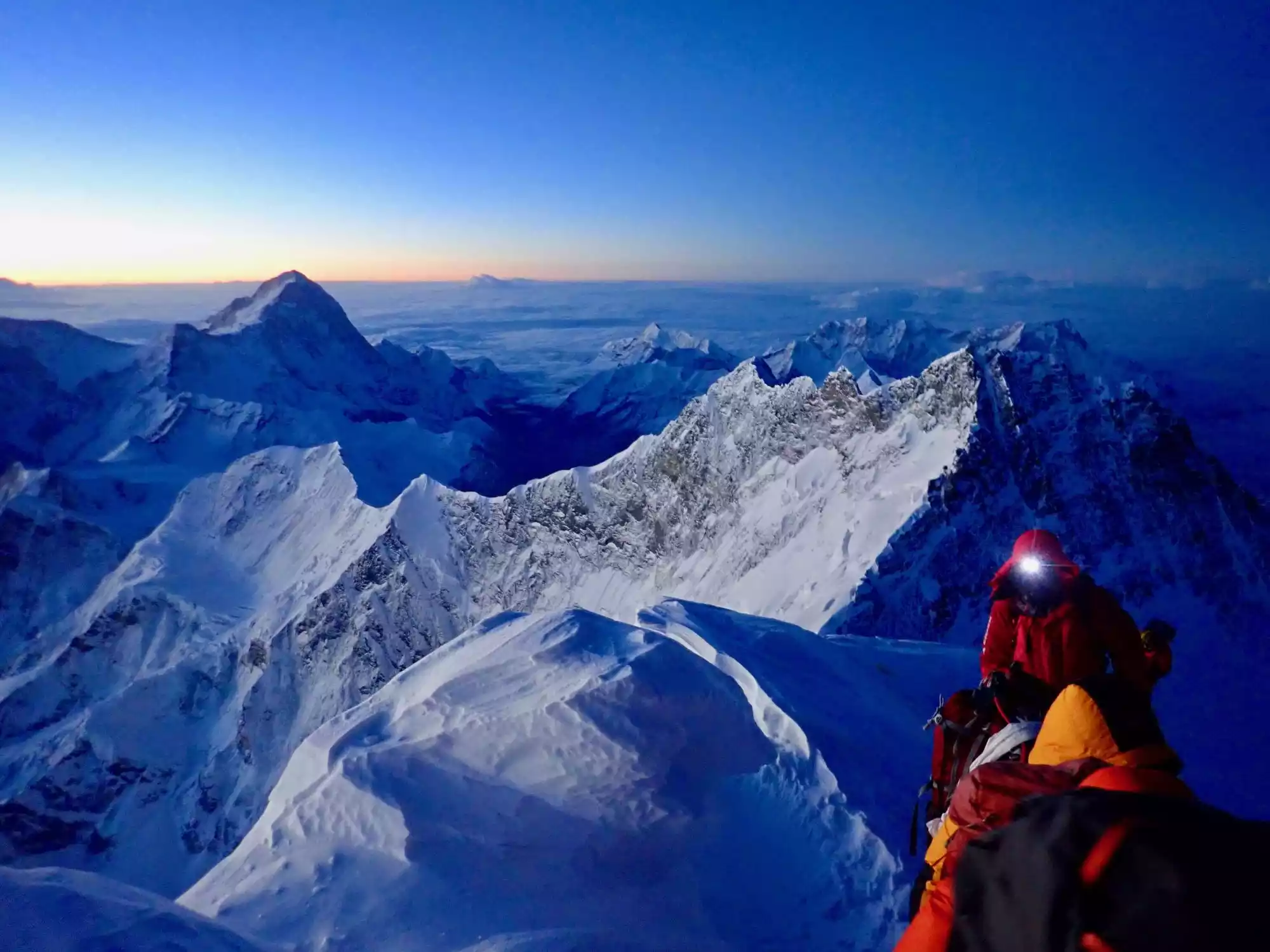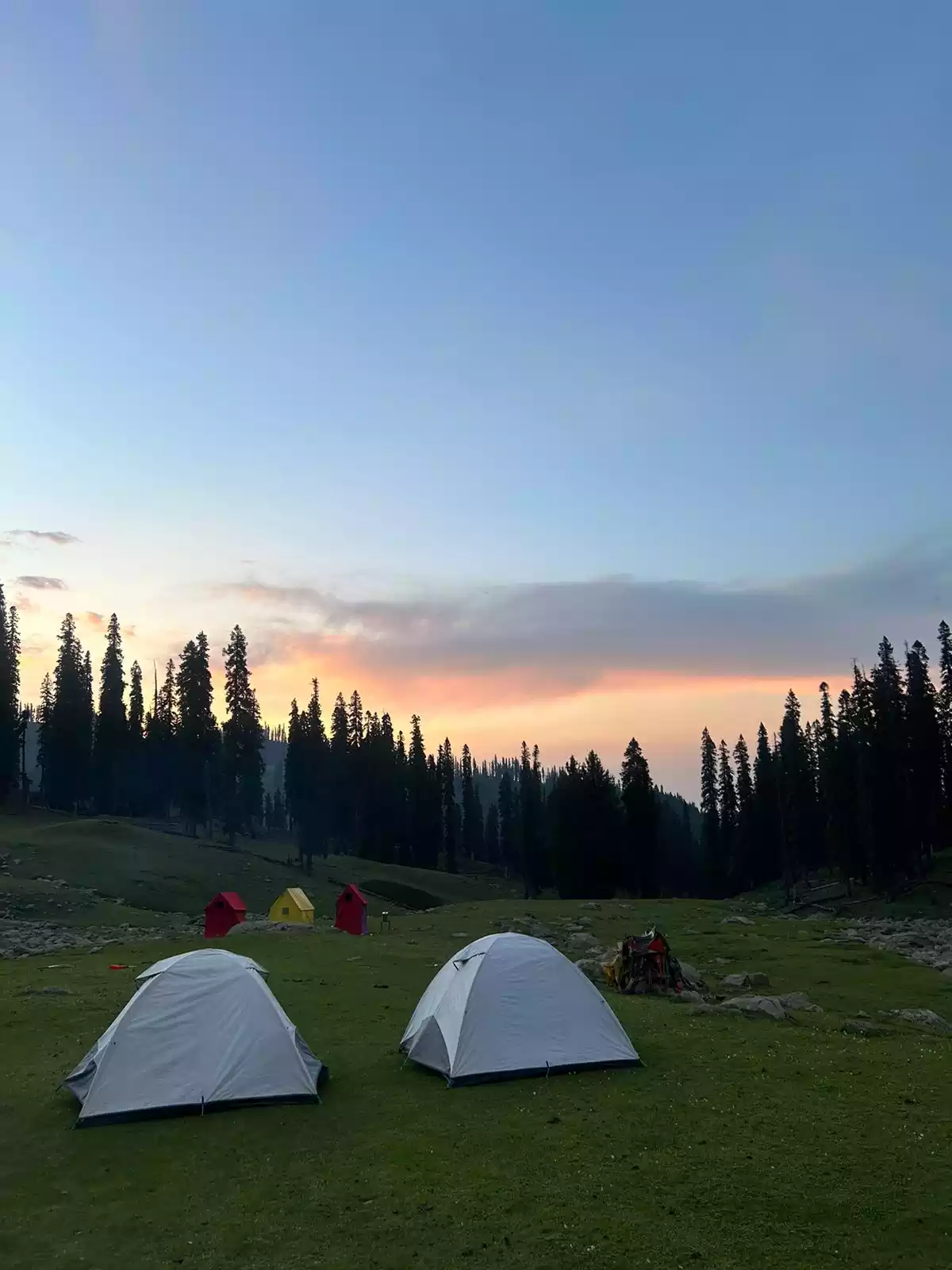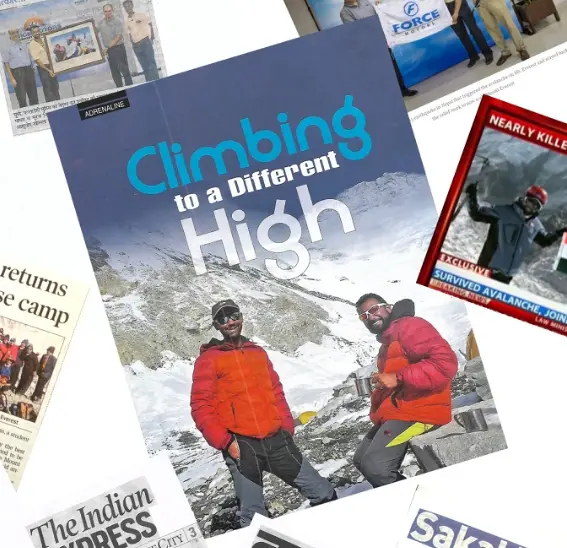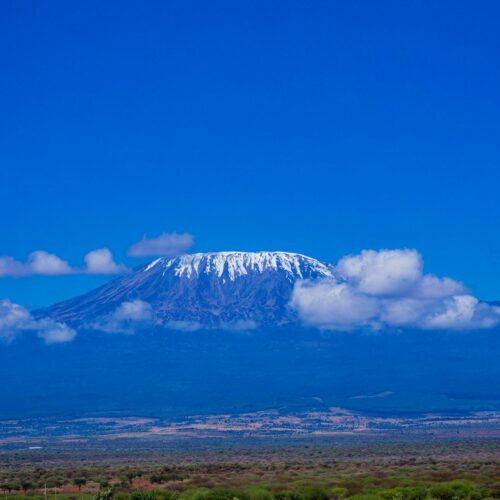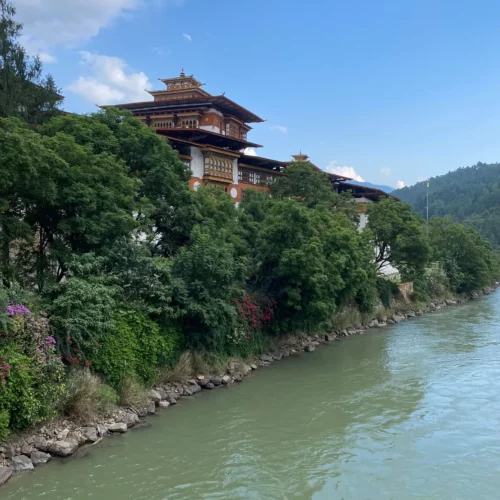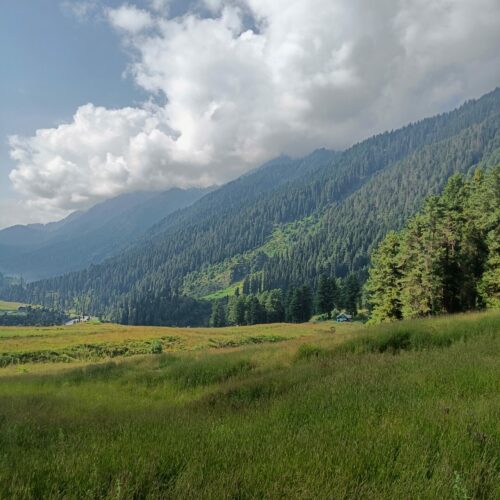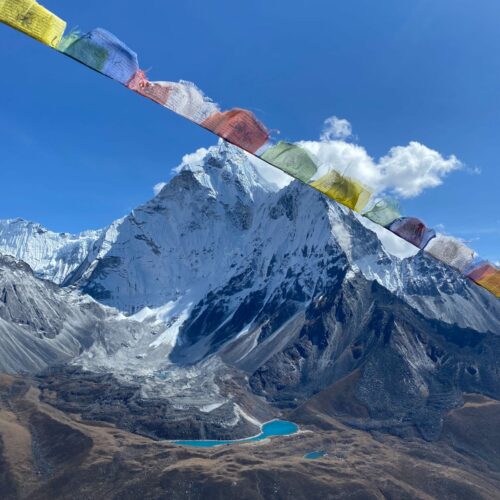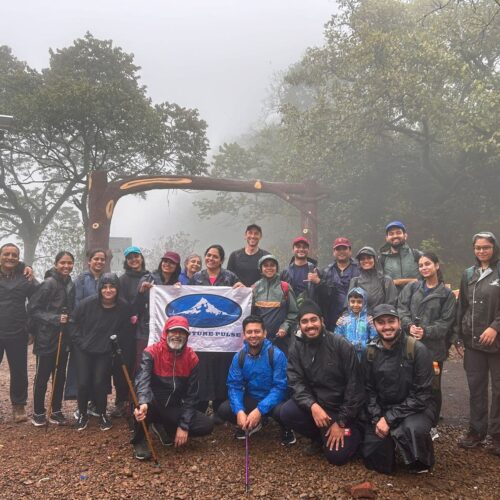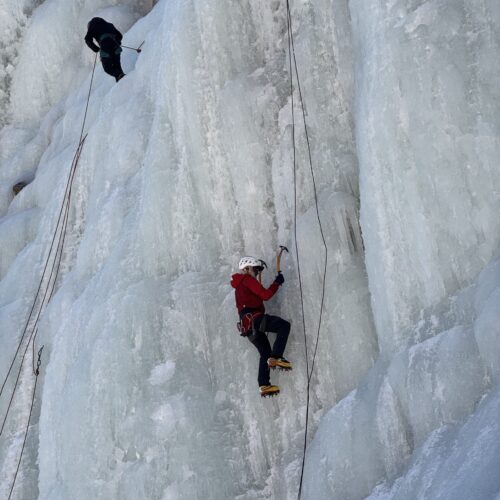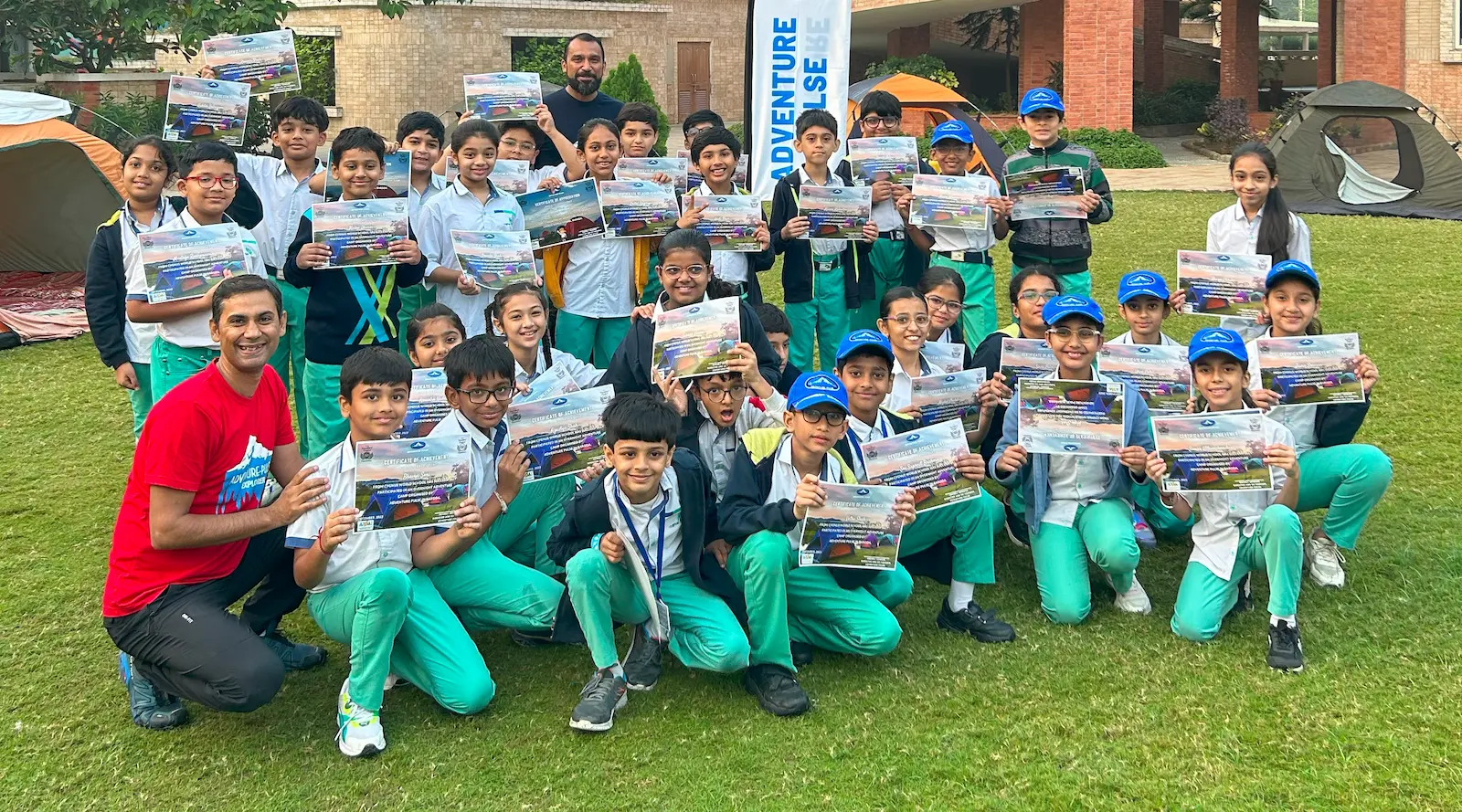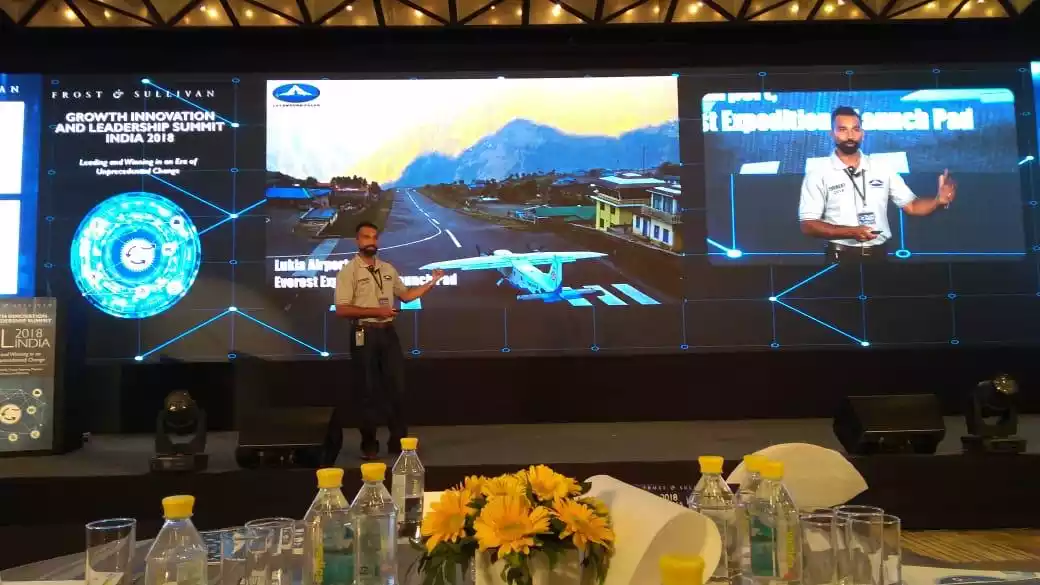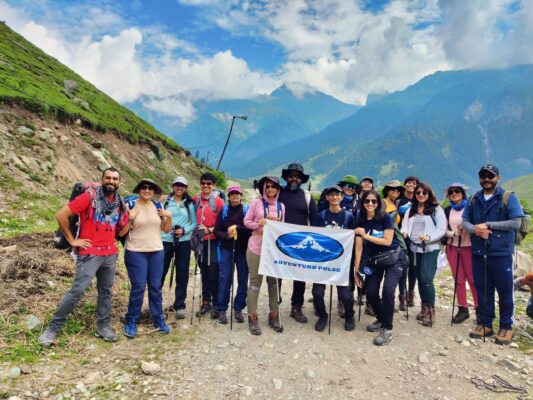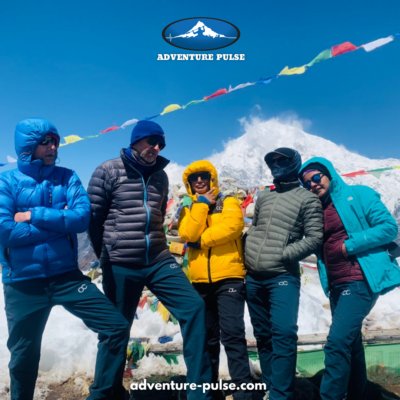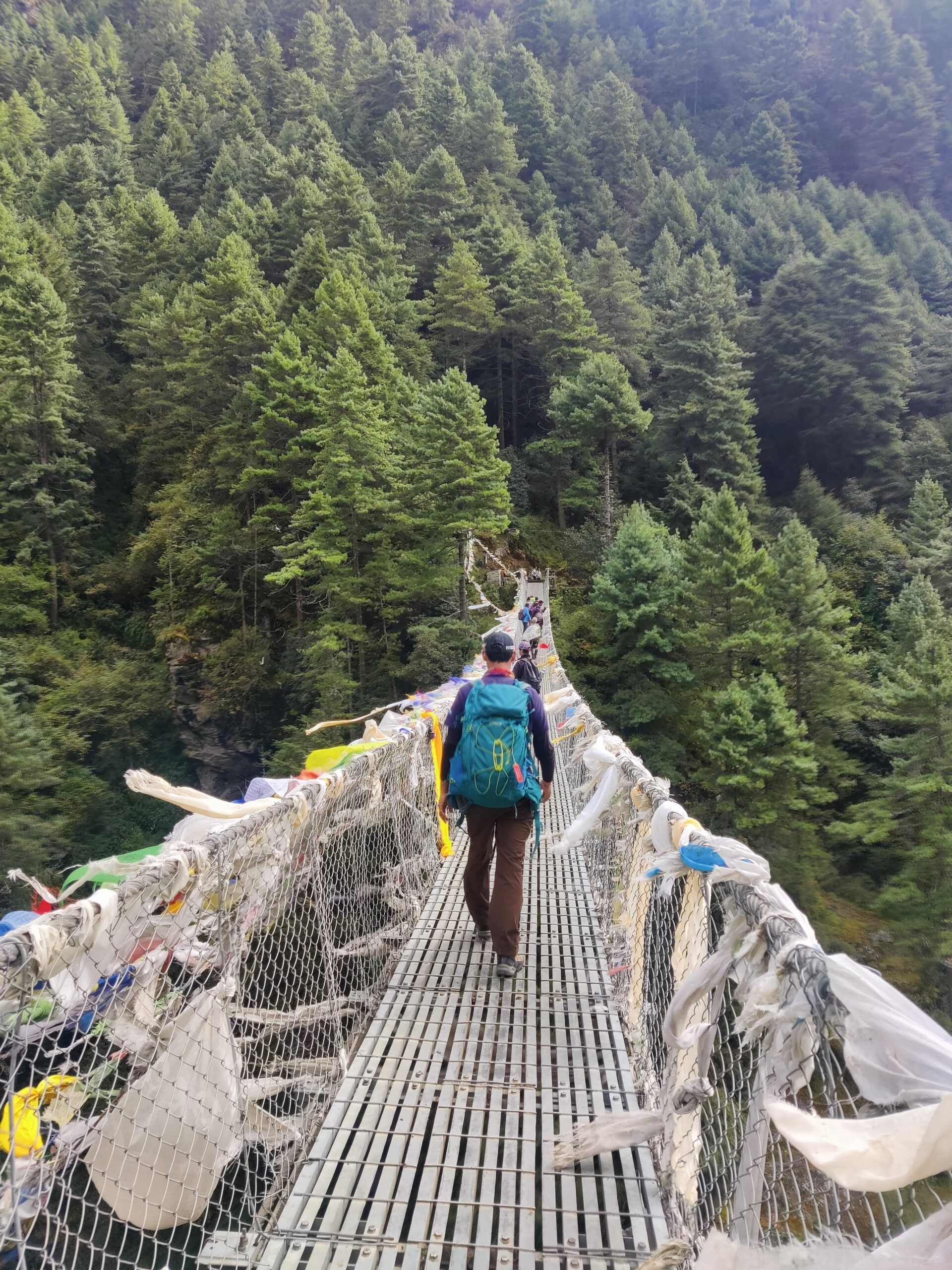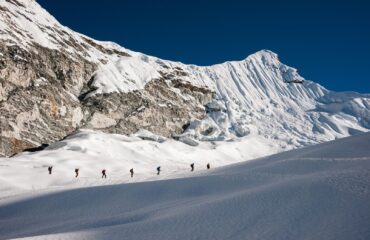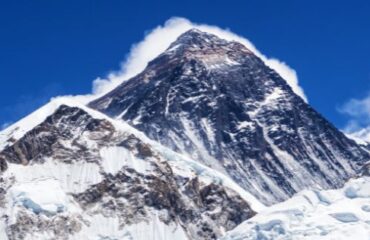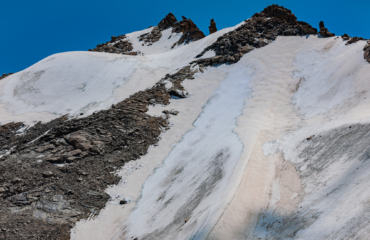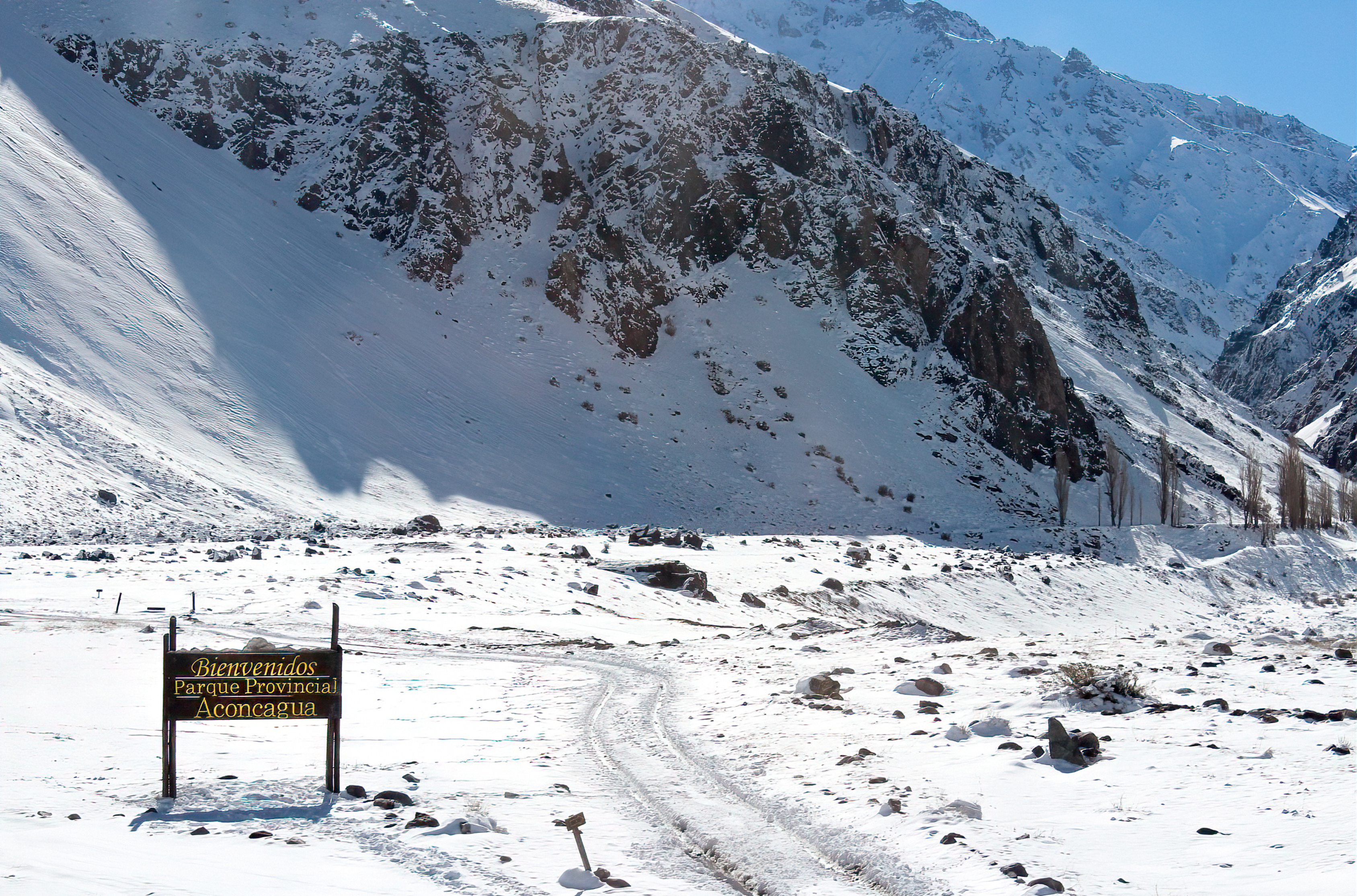
Our journey continues from Plaza De Mulas
The seriousness and thoroughness of this process impressed me deeply. Despite the hundreds of climbers passing through Plaza de Mulas each season, the medical team treats every individual assessment with diligence. It was, in fact, our second medical evaluation on the expedition. Yet it felt far from bureaucratic. It was clear the goal was to protect climbers from pushing too far, too soon, in a notoriously unforgiving environment.
With the medical exams behind us—at least temporarily for Masaki—we returned to our camp, more grounded than before. The rest of the afternoon was quiet. We checked gear, sorted loads for the higher camps, sipped on hot tea, and allowed ourselves a moment of stillness before the climbing resumed in earnest.
There’s a deceptive calm that blankets Plaza de Mulas on a rest day. The wind softens. Conversations are hushed. The mountain seems to retreat for a while. But every climber knows: this is just the eye of the storm. Ahead lay Camp Nido de Cóndores, Camp Colera, and eventually the summit attempt on Aconcagua. And so we rested, but never truly relaxed. Because in the days to come above 5,000 meters, every quiet moment is a countdown to the next test.
.. Rest Day at Plaza de Mulas – The Calm Before the Storm
December 13th, 2024 – a day officially marked as a rest day in our itinerary, but emotionally, it felt more like the morning of my XIIth Grade math exam. Despite the slower pace and relaxed schedule, a subtle but undeniable tension hung over our small team. Even Ruben, usually the calm voice of experience, seemed unusually quiet. This wasn’t just any rest day—it was the decisive checkpoint that would determine whether we could continue toward the summit or be forced to turn back.
The reason: today was our compulsory medical check-up at the Plaza de Mulas Medical Camp.
This mandatory examination is a requirement for all climbers on Aconcagua, enforced by the Argentine park authorities. Only those who pass the evaluation are allowed to proceed beyond base camp. It’s a sensible and safety-driven policy, considering the high number of climbers attempting Aconcagua each season and the altitude-related risks involved.
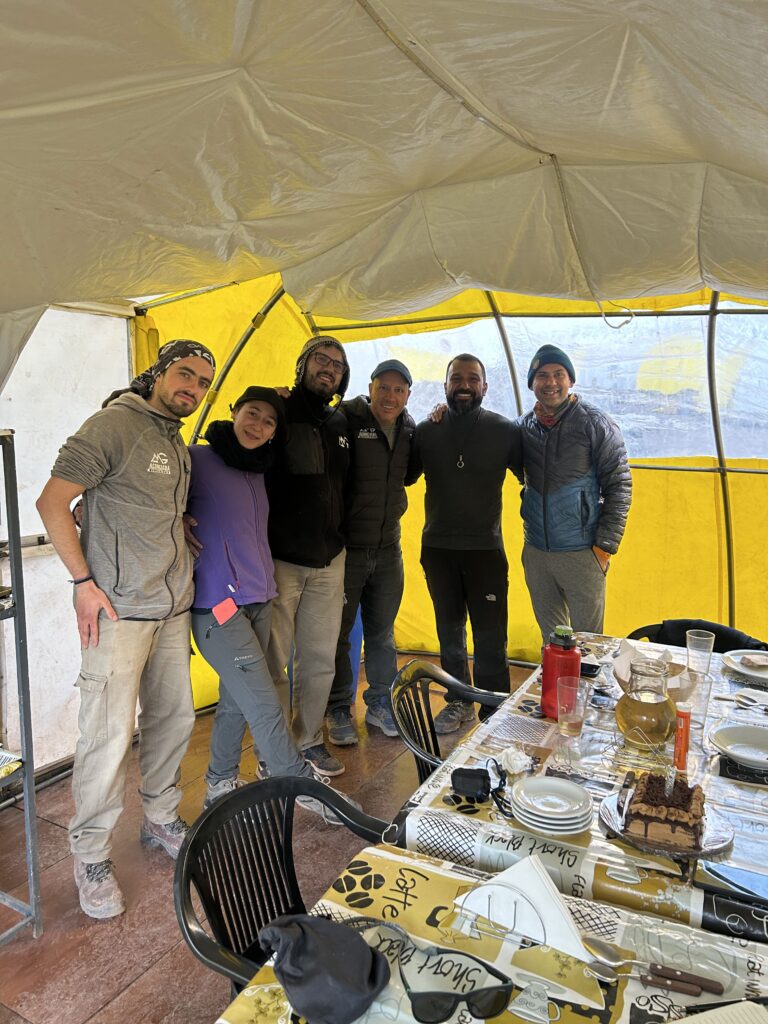
We had a lazy morning, enjoying a bit of a lie-in. But even as I sipped my coffee and looked out at the mountain bathed in soft sunlight, I could feel the nerves creeping in. Over the past 15 years of climbing across the globe, I’ve learned how anticipation can affect your vitals—elevated heart rate, quickened breathing, increased anxiety. All of which can skew the results in a medical test. So, I focused on slowing my breath and calming my thoughts as we strolled toward the medical tent.
Plaza de Mulas Medical Centre
The medical centre at Plaza de Mulas is a surprisingly well-equipped facility, housed in a large dome-shaped tent that felt more like a small field hospital than a campsite installation. Inside, a full trauma emergency setup was ready to respond to anything from altitude sickness to frostbite.
We were greeted by a no-nonsense Argentine doctor, who looked more like a mountain guide than a medic. Stocky, weathered, and tough-looking, he barely glanced up from his paperwork as we entered—until he spotted Ruben.
Then, a transformation. With a smile, a firm handshake, and a rapid exchange of Spanish pleasantries, he welcomed Ruben warmly. That moment spoke volumes. Ruben’s reputation on Aconcagua clearly preceded him—not just among climbing teams, but also among the rangers, medical staff, and all the support personnel that make up the fabric of the Aconcagua expedition ecosystem.
The process
After really long I was nervous, though I was confident that both Sauraj and I were doing very well. The thought of getting the check up done did stress us a little though. I was called in first.
The doctor began with a series of questions about my sleeping patterns, appetite, and water intake. Then came the physical checks—chest auscultation with a stethoscope, blood pressure monitoring, and SpO2 levels with a pulse oximeter. Despite my nerves, the numbers held steady. I received a nod of approval and a green light to proceed higher up the mountain.
Sauraj followed and was also cleared without issue.
Then came Masaki’s turn. What we had begun to treat as a routine formality suddenly shifted. The doctor paused during Masaki’s check, frowning slightly at one of the readings. His oxygen saturation was lower than expected. With firm but friendly professionalism, he instructed Masaki to hydrate aggressively and return for a follow-up test that evening.
Reflections on the Mountain: Aconcagua and the Universal Truths of Climbing
As I sat back in my tent that evening, the sun casting its final golden rays across the upper ridges of Aconcagua, I found myself reflecting—not just on the climb so far, but on the mountain itself.
Aconcagua is a mountain like no other. Towering at nearly 7,000 meters, it is the highest peak outside of Asia—a true sentinel of the Southern Hemisphere. Yet it doesn’t scream for attention with dramatic knife-edge ridges or technical icefalls. Instead, it stands tall, quiet, and commanding. Its strength lies in its subtlety, its challenges in disguise. The terrain is non-technical, but the mountain is brutally honest. There are no shortcuts. You either come prepared or you are turned back—by the wind, the cold, or the slow suffocation of altitude.
What makes Aconcagua so unique is that its greatest obstacles are often invisible. There’s no obvious crux pitch or fixed-line drama. Instead, it’s a war of attrition—an internal dialogue between your mind and your body, between your ambition and your humility.
Yet as different as each mountain is, the formula to climb them doesn’t change.
Keep it simple. Stick to the basics. Stay present.
Whether on Everest, Kilimanjaro, or Aconcagua, the core ingredients remain the same:
- Trust your team.
- Listen to your body.
- Respect the mountain.
- Adapt constantly.
- And above all, stay mentally flexible.
No matter how well you plan, the mountain always has the final say. The weather can change in an instant. Your body can surprise you—in both good and bad ways. But if you’re mentally prepared to pivot, to endure, to laugh through discomfort and recalibrate when needed, then the mountain will slowly begin to open up.
Mountaineering is not just about summits—it’s about self-awareness.
It’s about understanding the difference between pushing forward and pulling back, about learning to find joy in effort and meaning in uncertainty. And sometimes, it’s simply about putting one foot in front of the other when everything in you wants to stop. On Aconcagua, I was reminded once again of why I do this—why we do this. It’s not just for the view from the top.
- It’s for the transformation that happens on the way up..
- the quiet moments when the wind dies down and you hear your own heartbeat..
- for the strength you didn’t know you had..
- for the teammates who become more like family.
- And for the privilege of being just a small speck in the vastness of the Andes, learning, once again, how to climb—on the mountain, and within.
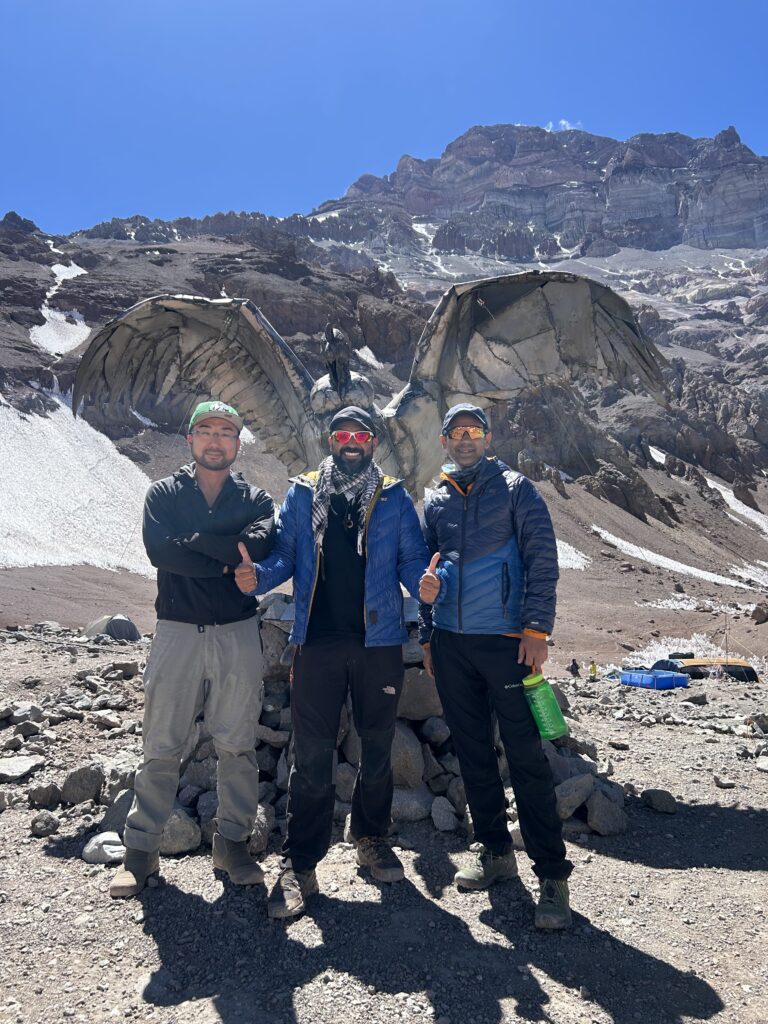
Follow us on Social Media – LinkedIn | TripAdvisor | Instagram
